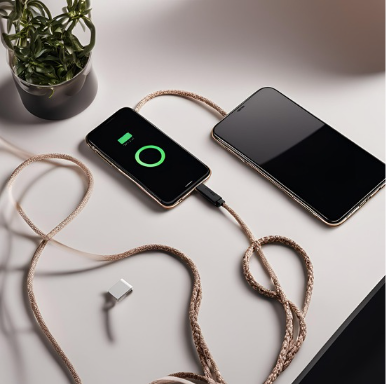
In the ever-evolving world of technology, our gadgets have become indispensable. Among them, the iPhone stands as a paragon of innovation and design. However, even the most advanced device is only as good as its weakest link, and for many iPhone users, that link is often their charging cable. In this comprehensive guide, we’ll explore why investing in high-quality iPhone cables is crucial, and where you can find the best ones on the market.
The Importance of Quality iPhone Cables
Durability and Longevity
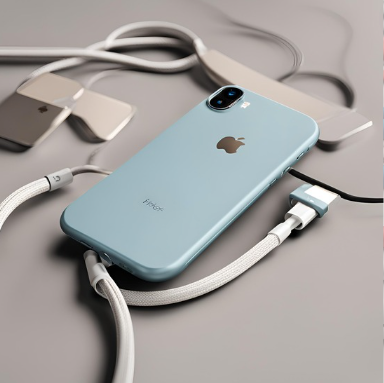
One of the primary reasons to invest in high-quality iPhone cables is their durability. Cheap, low-quality cables tend to fray, break, or stop working altogether after a short period of use. High-quality cables, on the other hand, are designed to withstand daily wear and tear, ensuring they last much longer. This not only saves you money in the long run but also the frustration of constantly replacing faulty cables.
Fast and Safe Charging
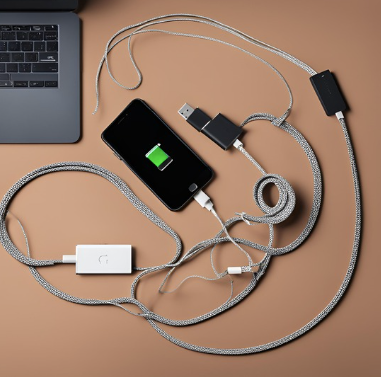
Another significant advantage of top-rated iPhone cables is their ability to provide fast and safe charging. Cheap cables often lack the necessary components to deliver the correct amount of power to your device, which can result in slow charging times or, worse, damage to your iPhone’s battery. High-quality cables are engineered to meet Apple’s stringent standards, ensuring optimal charging speed and safety.
Data Transfer Reliability
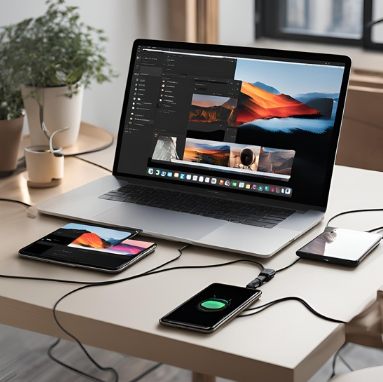
For many users, iPhone cables are not just for charging but also for transferring data between devices. Low-quality cables can lead to data transfer errors, which can be both frustrating and time-consuming. Investing in a high-quality cable ensures reliable and fast data transfer, whether you’re syncing photos, music, or other important files.
MFi Certification
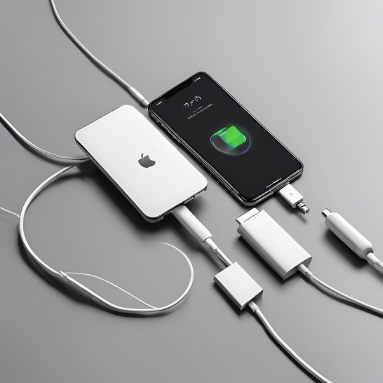
Apple’s MFi (Made for iPhone/iPad) certification serves as a hallmark of quality and compatibility. MFi-certified cables undergo rigorous testing to ensure perfect functionality with Apple devices. Consequently, using non-certified cables can lead to compatibility issues, such as the notorious “This accessory may not be supported” message appearing on your screen. Therefore, opting for high-quality, MFi-certified cables guarantees both compatibility and optimal performance.
Types of iPhone Cables: What to Look For

When shopping for iPhone cables, it’s essential to know the different types available and what features to look for to ensure you’re getting the best quality
Lightning to USB-A
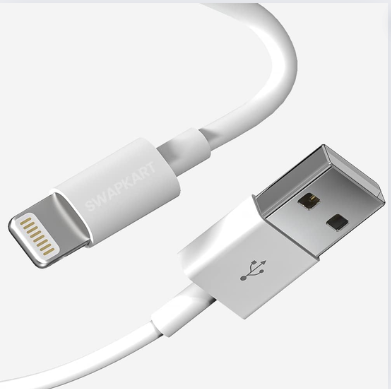
Apple’s MFi (Made for iPhone/iPad) certification serves as a hallmark of quality and compatibility. MFi-certified cables undergo rigorous testing to ensure perfect functionality with Apple devices. Consequently, using non-certified cables can lead to compatibility issues, such as the notorious “This accessory may not be supported” message appearing on your screen. Therefore, opting for high-quality, MFi-certified cables guarantees both compatibility and optimal performance.
Lightning to USB-C
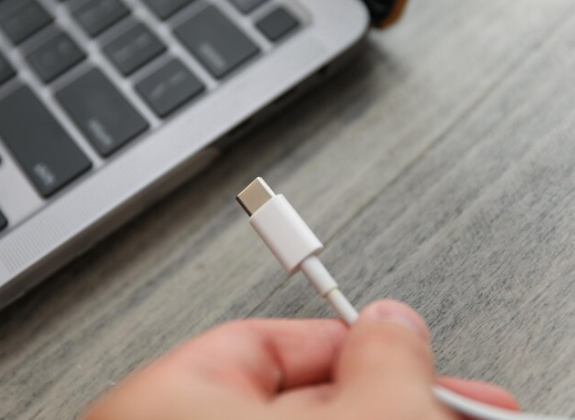
As more devices and chargers transition to USB-C, the Lightning to USB-C cable has become increasingly popular. Not only does this cable support faster charging speeds, but it also offers higher data transfer rates. Consequently, it is an excellent choice for those using USB-C compatible chargers. Additionally, it provides a more efficient method to power up and sync your iPhone, ensuring you stay updated with the latest tech advancements.
Braided vs. Non-Braided
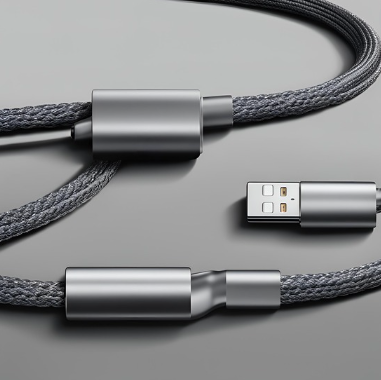
When choosing a cable, you’ll encounter both braided and non-braided options. Braided cables are generally more durable and resist tangling better, making them a long-lasting choice. On the other hand, non-braided cables offer greater flexibility but may be more prone to wear and tear over time.
Cable Length
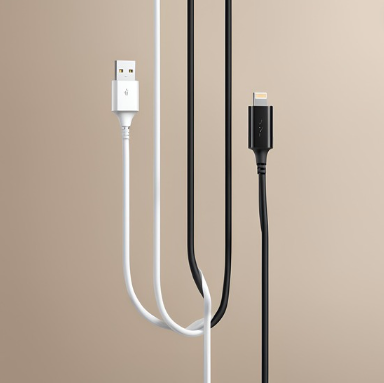
iPhone cables come in various lengths, from short 1-foot cables to extra-long 10-foot cables. The ideal length for you will depend on your specific needs and how you typically use your device while charging.
Top-Rated iPhone Cables on the Market

Now that we understand the importance of quality and the different types of iPhone cables, let’s take a look at some of the top-rated options available today.
Anker PowerLine+ II Lightning Cable
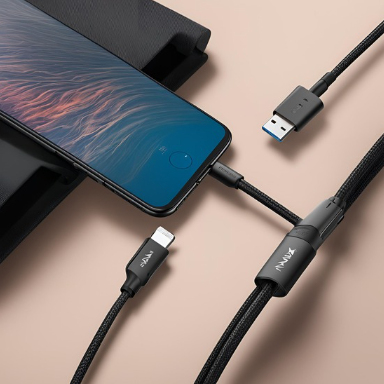
Anker is a well-known brand in the world of charging accessories, and their PowerLine+ II Lightning Cable is a standout product. This MFi-certified cable is incredibly durable, thanks to its double-braided nylon exterior and reinforced stress points. It also supports fast charging and data transfer, making it a top choice for iPhone users.
Belkin BoostCharge USB-C to Lightning Cable
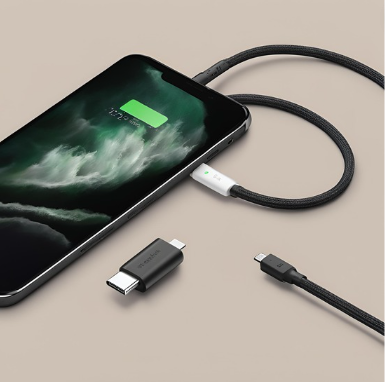
For users with USB-C chargers, the Belkin BoostCharge USB-C to Lightning Cable is an excellent choice. This MFi-certified cable not only supports Power Delivery for rapid charging but also offers reliable data transfer speeds. Furthermore, its robust design ensures it can withstand daily use, preventing issues like fraying or breaking. Consequently, you can rely on this cable for both durability and high performance.g.
Apple Lightning to USB Cable
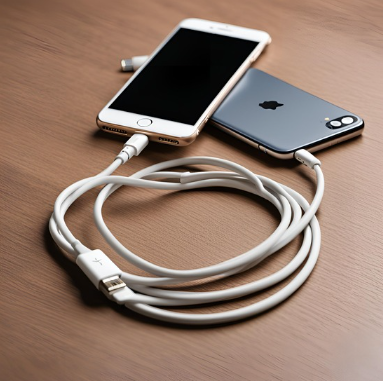
Sometimes, sticking with the original is the best choice. Apple’s own Lightning to USB Cable is MFi-certified and designed to work seamlessly with all iPhone models. While it may be pricier than third-party options, its quality and compatibility are guaranteed.
Amazon Basics Nylon Braided Lightning Cable

For a budget-friendly yet reliable option, the AmazonBasics Nylon Braided Lightning Cable is worth considering. This MFi-certified cable features a durable braided exterior and is available in various lengths. It offers fast charging and data transfer, making it a great value for money.
Native Union Night Cable
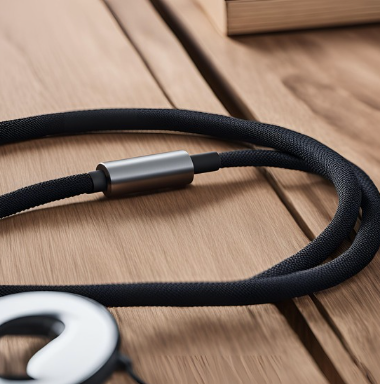
The Native Union Night Cable is notable for its distinctive design and high-quality build. This MFi-certified cable includes a weighted knot that anchors it to your desk or nightstand, preventing it from falling to the floor. With its durable construction, the cable is built to last while providing fast charging and efficient data transfer.
Where to Buy the Best iPhone Cables
When it comes to purchasing high-quality iPhone cables, there are several reputable retailers to consider:
Amazon
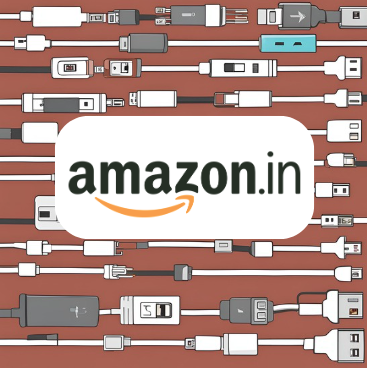
Amazon offers a wide selection of iPhone cables from various brands, often at competitive prices. With customer reviews and ratings, you can easily find the best options to suit your needs. Plus, Amazon’s return policy provides peace of mind if you’re not satisfied with your purchase.
Apple Store
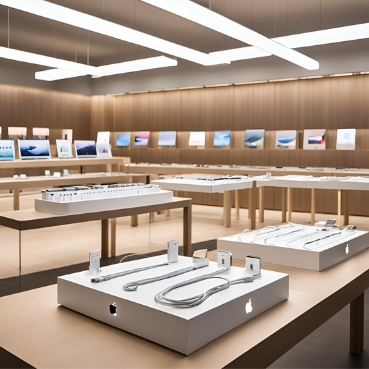
For those who prefer official Apple products, the Apple Store is the best place to buy genuine Apple Lightning cables. While these cables may be more expensive, you can trust their quality and compatibility with your iPhone.
Best Buy

Best Buy is another excellent retailer for purchasing iPhone cables. They offer a range of options from top brands like Anker, Belkin, and Apple, and their knowledgeable staff can help you find the right cable for your needs.
Target
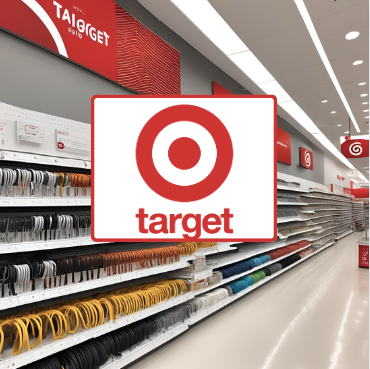
Target provides a selection of iPhone cables at various price points, including both third-party and official Apple options. With the convenience of in-store shopping and online ordering, Target is a great place to find quality iPhone cables.
Walmart
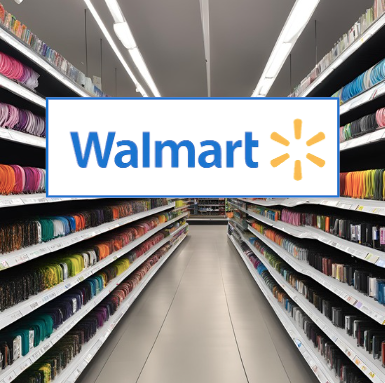
Walmart’s extensive electronics section includes a variety of iPhone cables from trusted brands. Their competitive pricing and wide availability make it easy to find a high-quality cable that fits your budget.
Conclusion
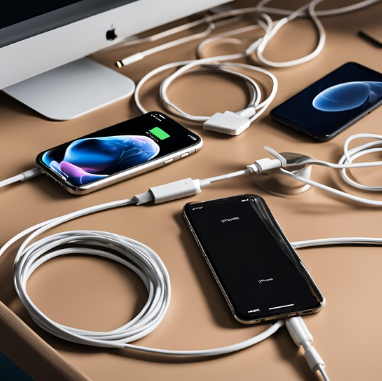
Investing in high-quality iPhone cables is essential for ensuring the longevity, performance, and safety of your device. By understanding the different types of cables available and what to look for in a top-rated product, you can make an informed decision that will save you time, money, and frustration in the long run. Whether you choose a trusted brand like Anker, Belkin, or Apple’s own cables, or opt for a budget-friendly option like AmazonBasics, prioritizing quality will pay off in the long run. Remember, a reliable iPhone cable is not just a convenience; it’s a crucial component of your tech arsenal.
Read more at official Apple webiste for iPhone Cables,
-Partap singh






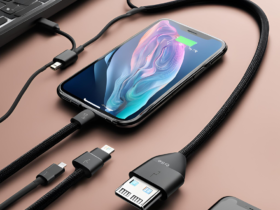



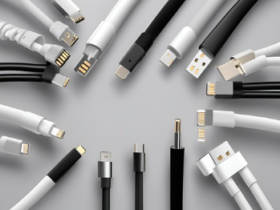
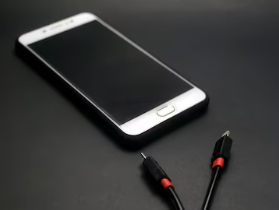
Leave a Reply